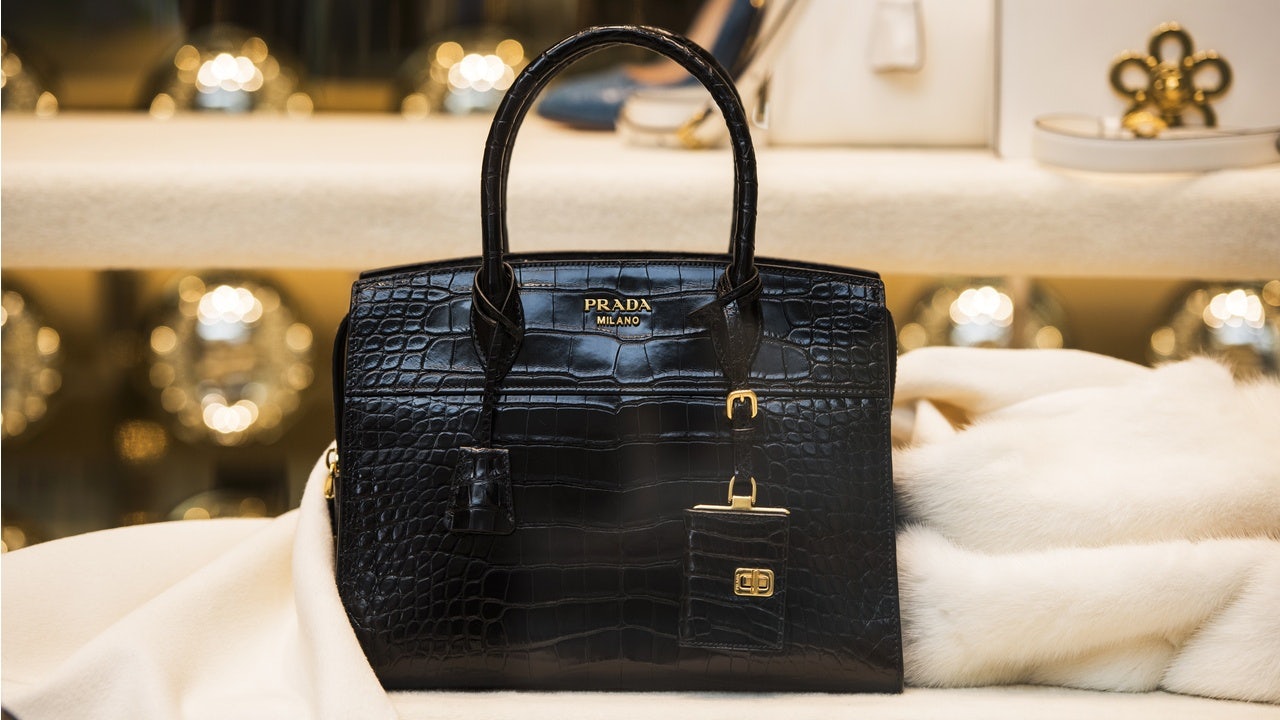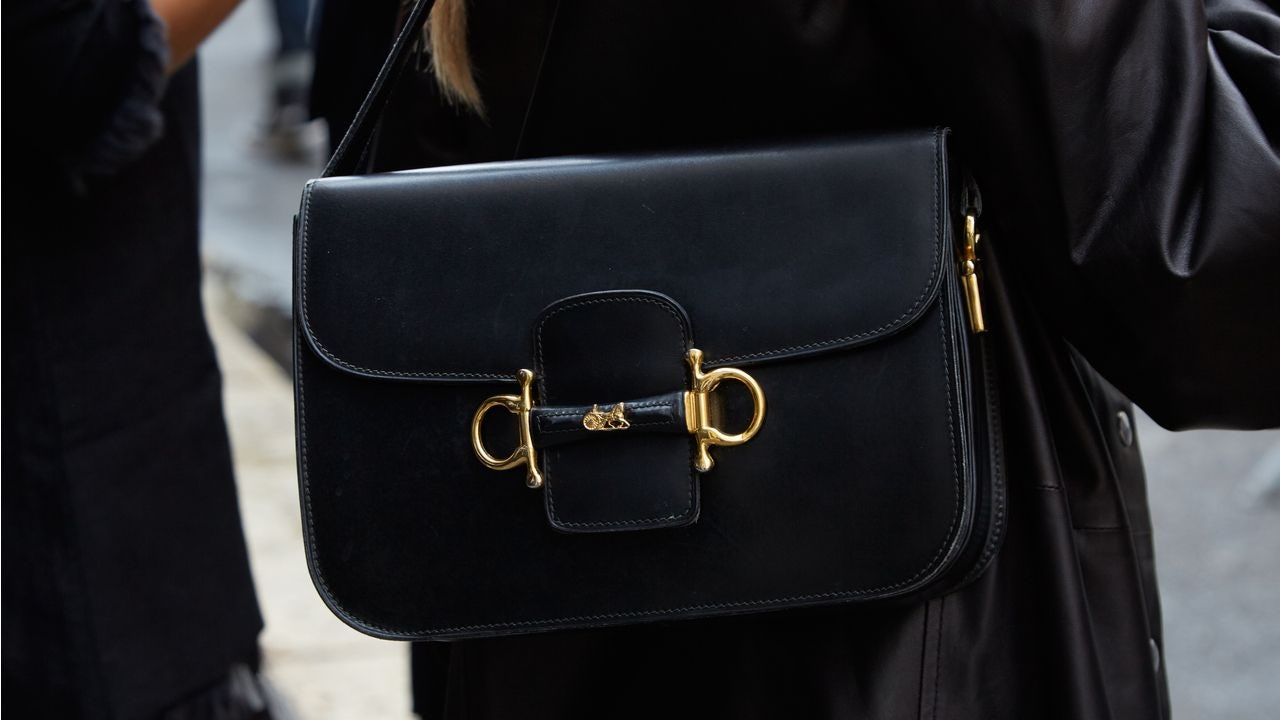Key Takeaways:#
When reference prices exist, pricing is straightforward. Sparkling water is between one and three US dollars. So a bottle of Perrier for around 2.50 falls within the higher, premium end of the reference price range. But luxury works in a completely different way.
Since ALV provides a much larger value than any other product component, the production cost or complexity of a product practically never matters in luxury. What matters is the brand story.
The question of what the right price is for a bag might be challenging to answer. But it is a critical exercise. Mistakes are — literally — costly, and even the most expensive brands in some categories are often, surprisingly, too cheap.
If you are managing a luxury brand, the chances are high that you had to answer this exact question: “What is the right price for your brand?” And, likely, you were not sure what to do. In my recent master classes on luxury pricing, I conducted an exercise with the participants. I displayed three bags, one from Louis Vuitton, one from Gucci, and one from Prada, and asked: “What is the right price?”
The answers could not have been more diverse. For each handbag, the guesses ranged from 1,000 up to 50,000. This simple example shows how challenging it is to price a luxury item correctly, even for industry experts. It also indicates that the price a brand allocates will most likely be wrong. Often, it will be too low, making brands unprofitable despite their premium price points and, in some cases, even endangering a brand’s survival.
Luxury pricing is one of a brand's most critical tasks, as it is a direct link to a brand's profitability. A price is also a signal. It affects the overall brand perception. Pricing right is difficult, and pricing incorrectly could be deadly.
Now let's take a closer look. When reference prices exist, pricing is straightforward. Think of Perrier water. Although it is excellent water, most people would probably agree that it is not a luxury. For sparkling water, consumers got used to typical brand prices — between one and three US dollars. Here we have a reference price range. Not surprisingly, you can buy a bottle of Perrier for around 2.50, within the higher, premium end of the reference price range.
Practically all normal to premium segments of literally all categories function according to this principle. We are familiar with these categories and can classify the brands easily. So pricing is rarely a surprise. If a brand goes outside the perceived reference price range without providing a functional benefit (the oversized water bottle) or a significant emotional benefit (limited-edition Oreo cookies in their Supreme version, for example), consumers will perceive it as too expensive and move on. The willingness to pay can be tested in a relatively robust fashion with methods like conjoint measurement, as long as the sample size is large enough and product categories are familiar.
But luxury works in a completely different way. Reference prices break down since luxury brands have a third value component: Added Luxury Value (ALV), which I described previously in this column and my book "Luxury Essentials." The ALV of well-managed luxury brands increases exponentially, exceeding the basic value components of normal or premium brands by far. The handbag example shows that categories lacking reference prices or reference signals are extremely challenging to price.
To make matters even more challenging, pricing for luxury is counterintuitive. In the world of normal and premium products, we are used to the idea that product complexity drives value. A dress with a rarer material or a more complicated design will typically be more expensive. In other words: more costs more. Intuitively, many luxury brands apply the same principle to their pricing and, as a result, get it wrong.
Since ALV provides a much larger value than any other product component, the production cost or complexity of a product practically never matters in luxury (unless it is an integral part of the brand story). What matters is the brand story, and that is totally against our human intuition. How can a story be more valuable than something you can touch and feel?
Beeple’s 69-million-dollar artwork, “The First 5000 Days,” is a great example. We can’t touch and feel it. We can watch it, but what makes it valuable is something intangible: the code of the digital art is embedded on a non-fungible token. Owning the most expensive digital artwork in history on an NFT is intangible but makes for a great story.

I remember a conversation with the CEO of a luxury car brand many years ago who disputed that the story could be more valuable than the product — until he saw the research behind it. “As an engineer, I only believed you when I saw data. And as an engineer, it hurts that what I produce with my hands has less value than the story we tell.” The data showed that the brand was too cheap in relative terms, despite being one of the most expensive brands in absolute terms. Intuition is almost always wrong in luxury pricing.
It is critical to estimate the ALV equivalent of the brand storytelling to price luxury correctly, as it is the largest value component. While straightforward methodologies exist, they are rarely used. Additionally, the brand then needs to be assessed within its category, and categories should be benchmarked with other categories that the same customer uses. If a woman buys her handbags at Hermès and her cars at Bentley, it can be interesting to compare the luxuriousness of both categories to add greater precision.
In my experience, such exercises almost always reveal significant insights and optimize opportunities. It also allows one to learn how other categories create extreme value and use insights to change the dynamics of those categories, sometimes disrupting them.
The question of what the right price is for a bag might be challenging to answer. But it is a critical exercise. Mistakes are — literally — costly, and even the most expensive brands in some categories are often, surprisingly, too cheap. Once fundamental pricing questions get answered, other strategies need attention, too. Promotions, for instance, are far too common in the luxury industry, and they always destroy brand equity.
If you want to weaken your brand effectively, just price it wrongly and promote it. I call this “the easy growth trap.” But a better name could be “the easy exit strategy” since very few luxury brands that price wrongly and promote will survive. As you can see, it is worth finding the right price. It may be your most important task.
Daniel Langer is CEO of the luxury, lifestyle and consumer brand strategy firm Équité, and the professor of luxury strategy and extreme value creation at Pepperdine University in Malibu, California. He consults some of the leading luxury brands in the world, is the author of several luxury management books, a global keynote speaker, and holds luxury masterclasses in Europe, the USA, and Asia. Follow @drlanger


